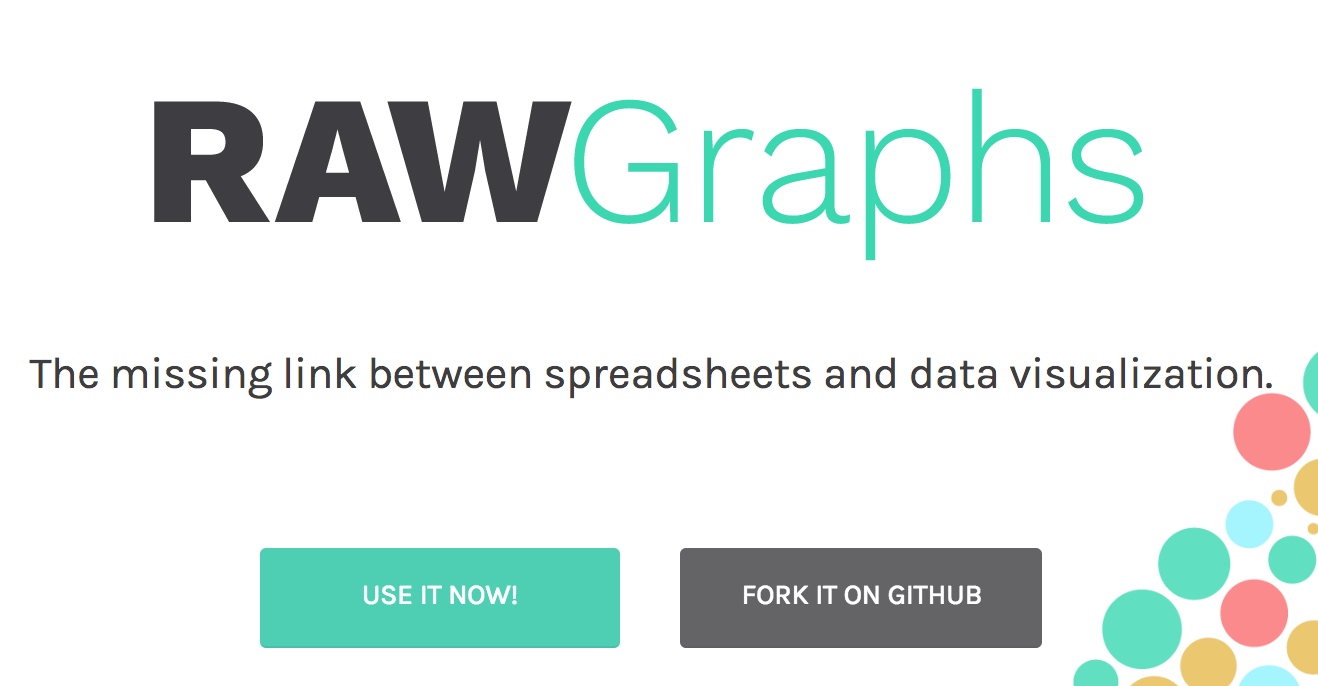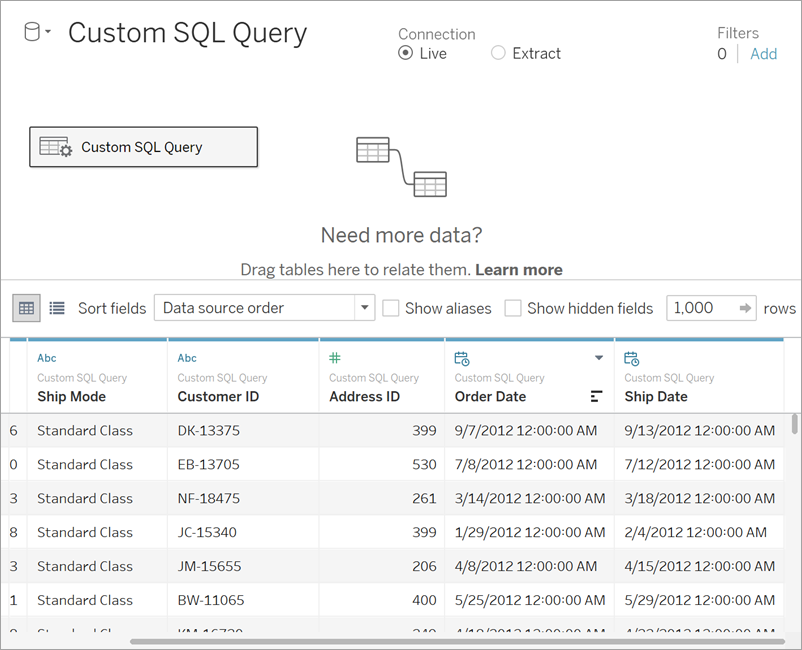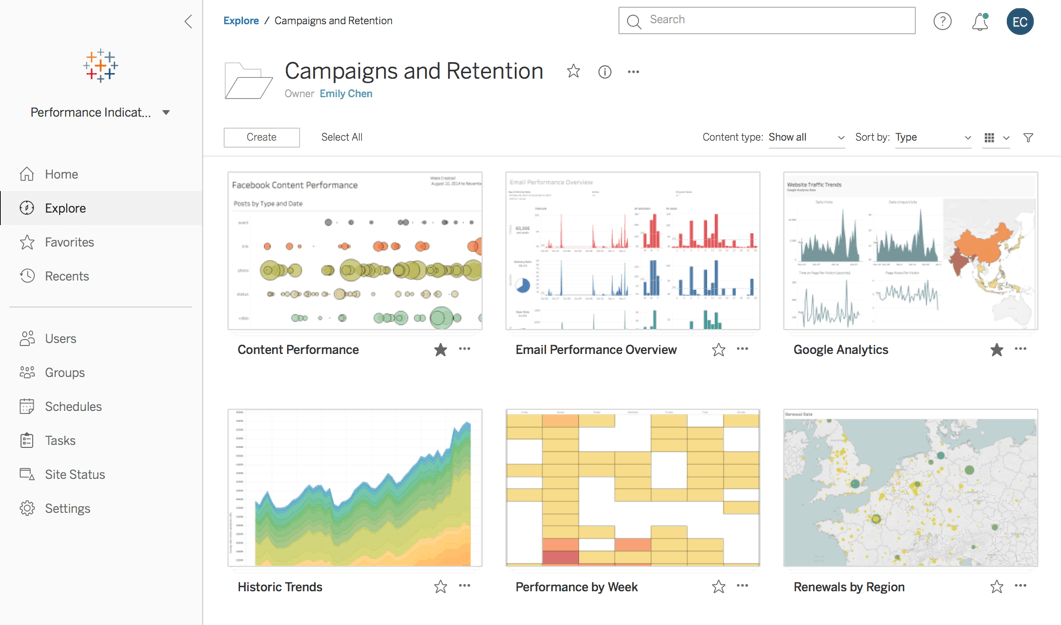


the term column has several common synonyms (e.g., field, parameter, property, attribute).the term row has several common synonyms (e.g., record, k-tuple, n-tuple, vector).Certain considerations follow from this simplified description:

This is a simplified description of the most basic kind of table. be closely integrated with the statistical and verbal descriptions of a data set.Ī table consists of an ordered arrangement of rows and columns.serve a reasonably clear purpose: description, exploration, tabulation or decoration.reveal the data at several levels of detail, from a broad overview to the fine structure.encourage the eye to compare different pieces of data.avoid distorting what the data has to say.induce the viewer to think about the substance rather than about methodology, graphic design, the technology of graphic production or something else.Use a visual that conveys the information in the best and simplest form for your audience.Know your audience and understand how it processes visual information.Determine what you are trying to visualize and what kind of information you want to communicate.Understand the data you are trying to visualize, including its size and cardinality (the uniqueness of data values in a column).There are a few basic concepts that can help you generate the best visuals for displaying your data: Processing, analyzing and communicating this data present a variety of ethical and analytical challenges for data visualization.ĭata visualization is both an art and a science. Data created by internet activity and an expanding number of sensors in the environment, such as satellites and traffic cameras, are referred to as “Big Data”. The rate at which data is generated has increased, driven by an increasingly information-based economy. Many graphs are also referred to as charts. These axes provide scales (quantitative and categorical) used to label and assign values to the visual objects. Numerical values are displayed within an area delineated by one or more axes. A graph is primarily used to show relationships among data and portrays values encoded as visual objects (e.g., lines, bars, or points).

In the example above, the table might have categorical column labels representing the name (a qualitative variable) and age (a quantitative variable), with each row of data representing one person (the sampled experimental unit or category subdivision). It is primarily used to look up specific values.


 0 kommentar(er)
0 kommentar(er)
